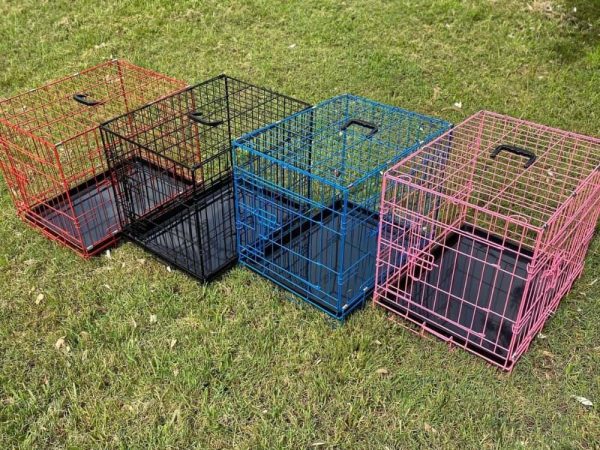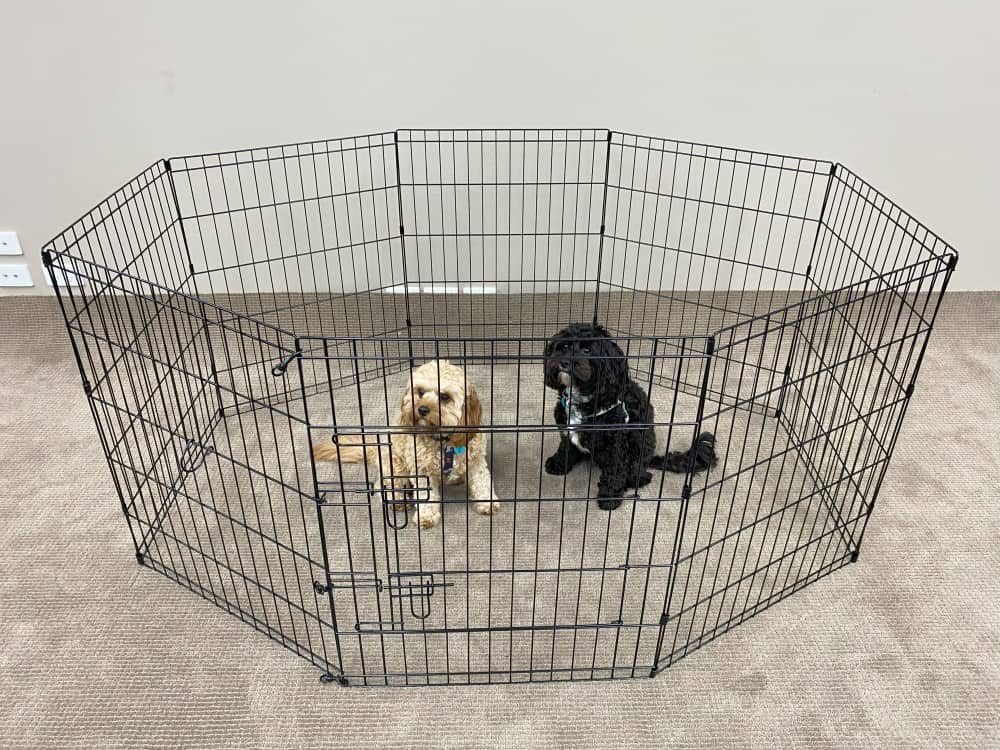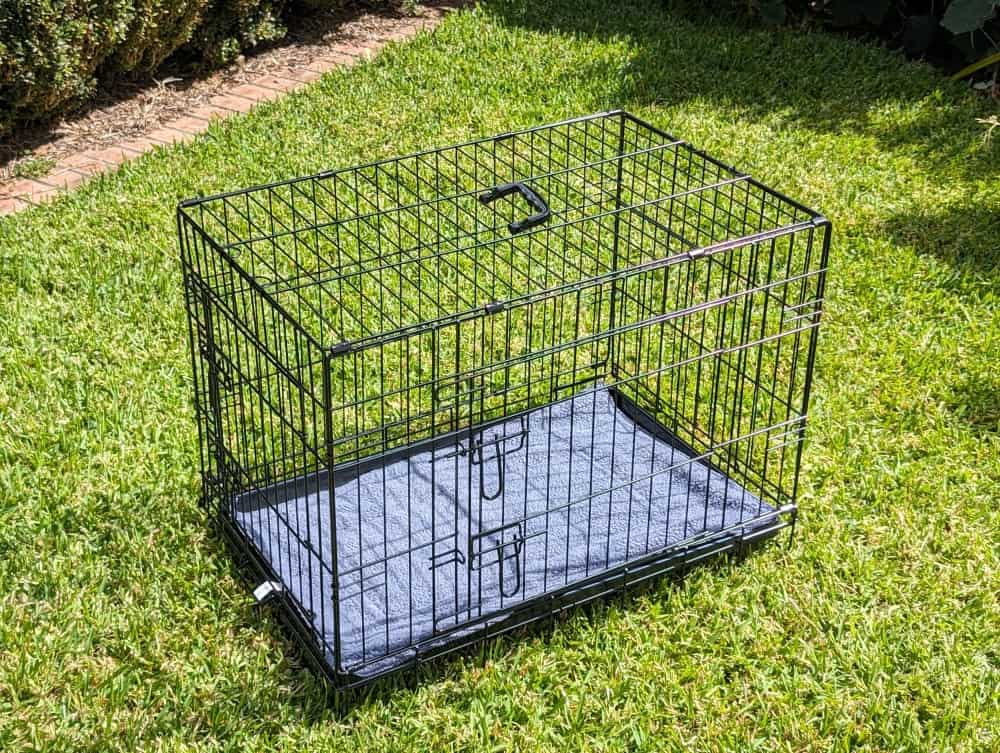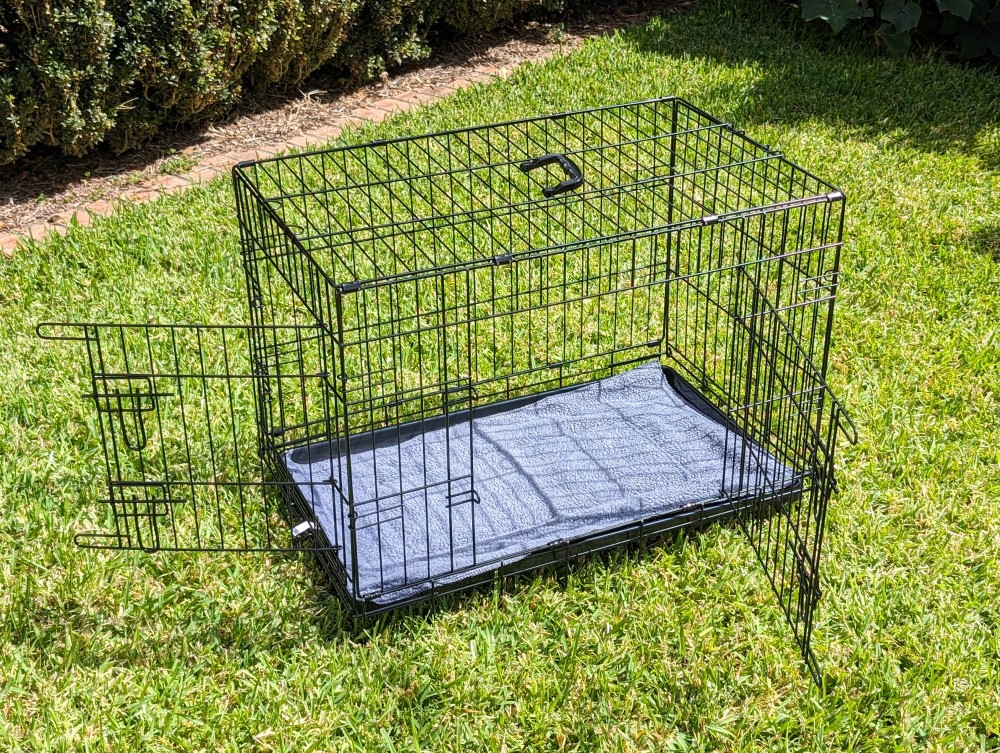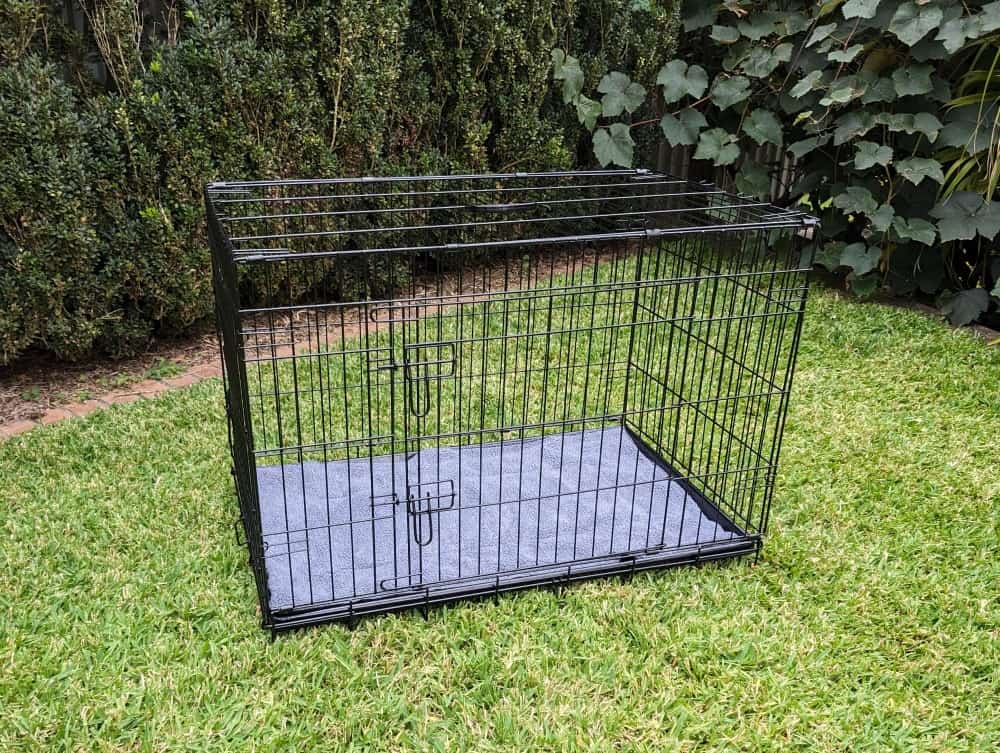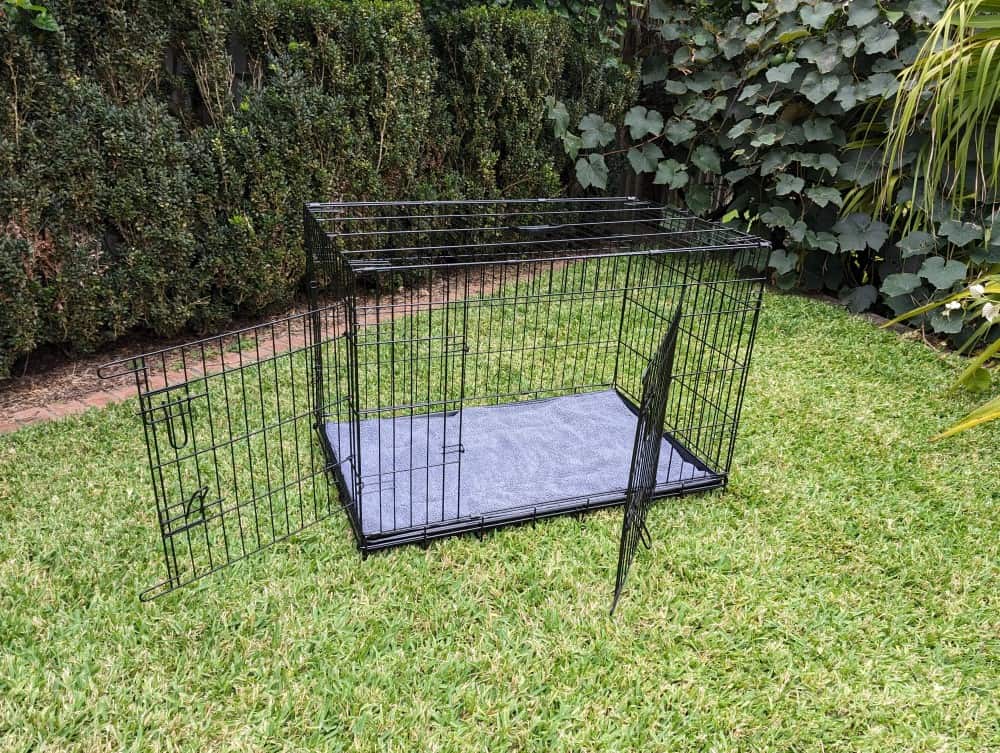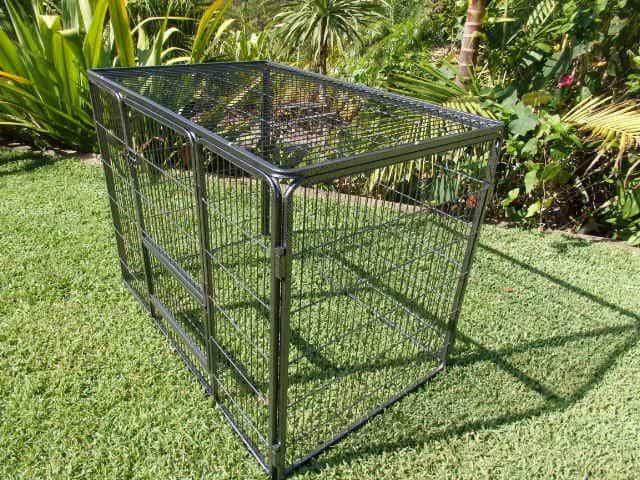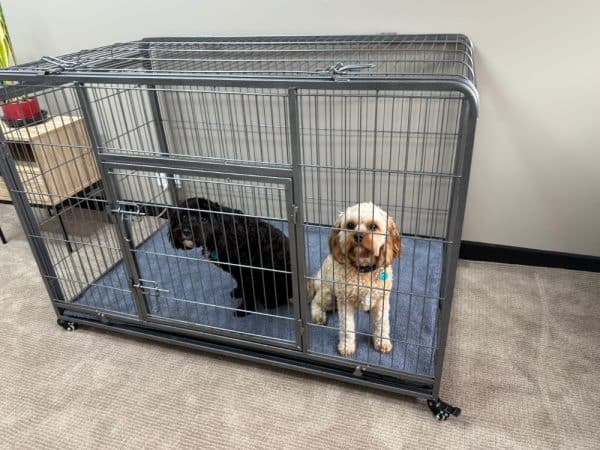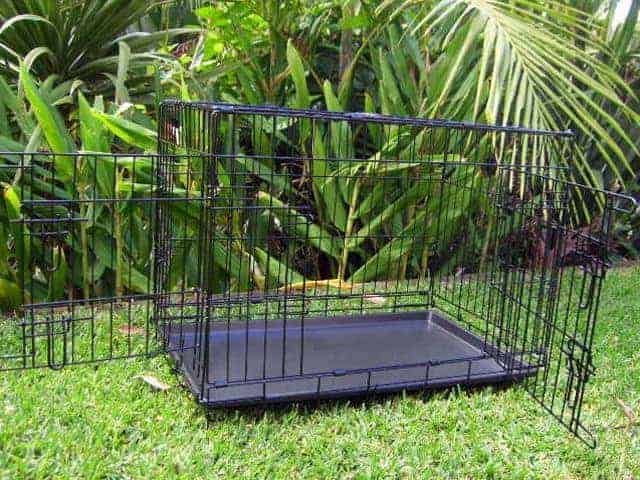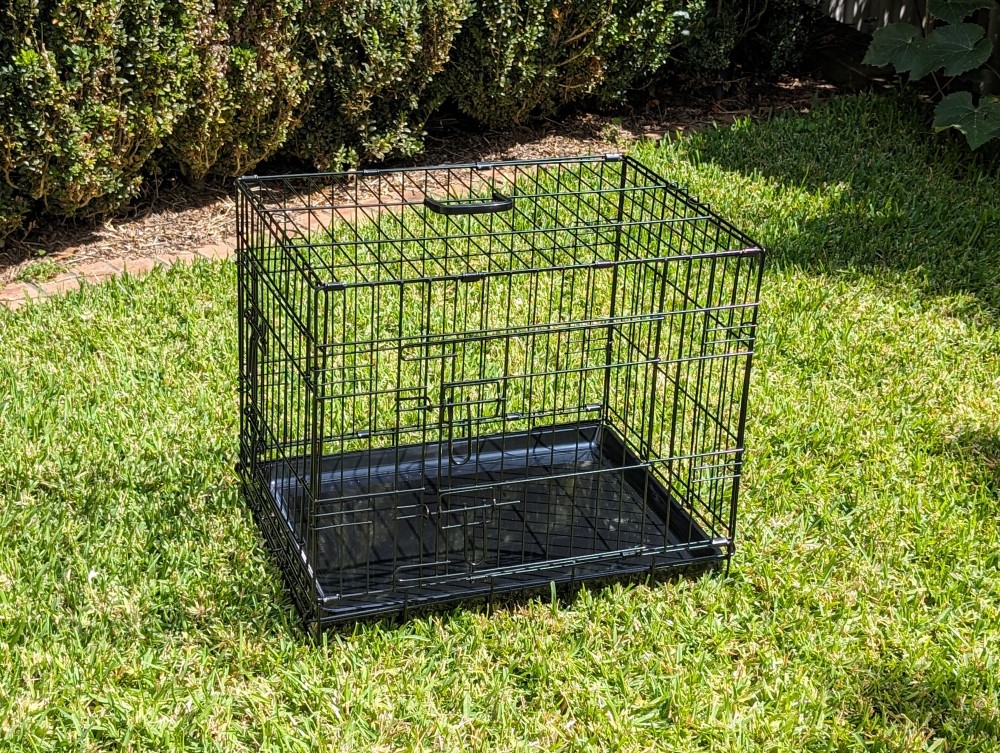A dog cage is often used as a temporary shelter for canines that need to be crate trained or are sick. But it also has plenty of other uses. For quality dog cages that are pocket-friendly and durable, visit Coops and Cages. Regardless of the size and age of your pooch, we can quickly recommend the right cage for him!
Dog Cages
What size dog cage should I get for my breed?
Choose a cage that’s just large enough for your dog to lie down comfortably without touching the sides. Avoid crates that are too big, as dogs may be more likely to toilet inside them. When measuring, also consider space for bedding, food and water bowls, and toys to ensure your dog has everything they need.
What’s the difference between a dog cage and a crate?
Technically, a dog cage and crate refer to the same type of enclosure. However, “dog crate” is the more modern, positive term often used by owners who train their dogs to see it as a safe, comfortable den. “Dog cage” is an older term that can sound less friendly.
What features should I look for in a dog cage?
Look for a dog cage made from high-quality metal for durability. A removable tray floor is important for easy cleaning. Multiple access doors offer convenient entry from different angles, making it easier to use no matter where the cage is placed.
What’s the best dog cage for destructive dogs?
A sturdy metal dog cage is best for dogs that tend to be destructive. However, if your dog is damaging the cage, it usually means they need proper crate training to feel comfortable and safe inside. It’s important never to lock your dog in a cage against their will, as this can cause stress and may lead to injury if they try to escape. Patience and gradual training are key.
How do I know if a dog cage is the right size?
A properly sized crate gives your dog enough room to stand up, turn around, and lie down comfortably without touching the sides or roof. This ensures your dog feels secure while having enough space to relax.
What’s the best dog cage for a high-anxiety dog?
For anxious dogs, look for a crate that has an optional cover. The cover creates a cosy, den-like environment and blocks outside distractions, helping your dog feel calmer. If your dog is still distressed, gradual crate training is important to help them associate the crate with comfort and safety.
What’s the best cage for indoor vs. outdoor use?
For indoor use, metal, canvas or plastic crates all work well since indoor temperatures are easier to manage. For outdoor sleeping, a timber or plastic kennel is recommended over a cage, as it provides better insulation and warmth overnight.





